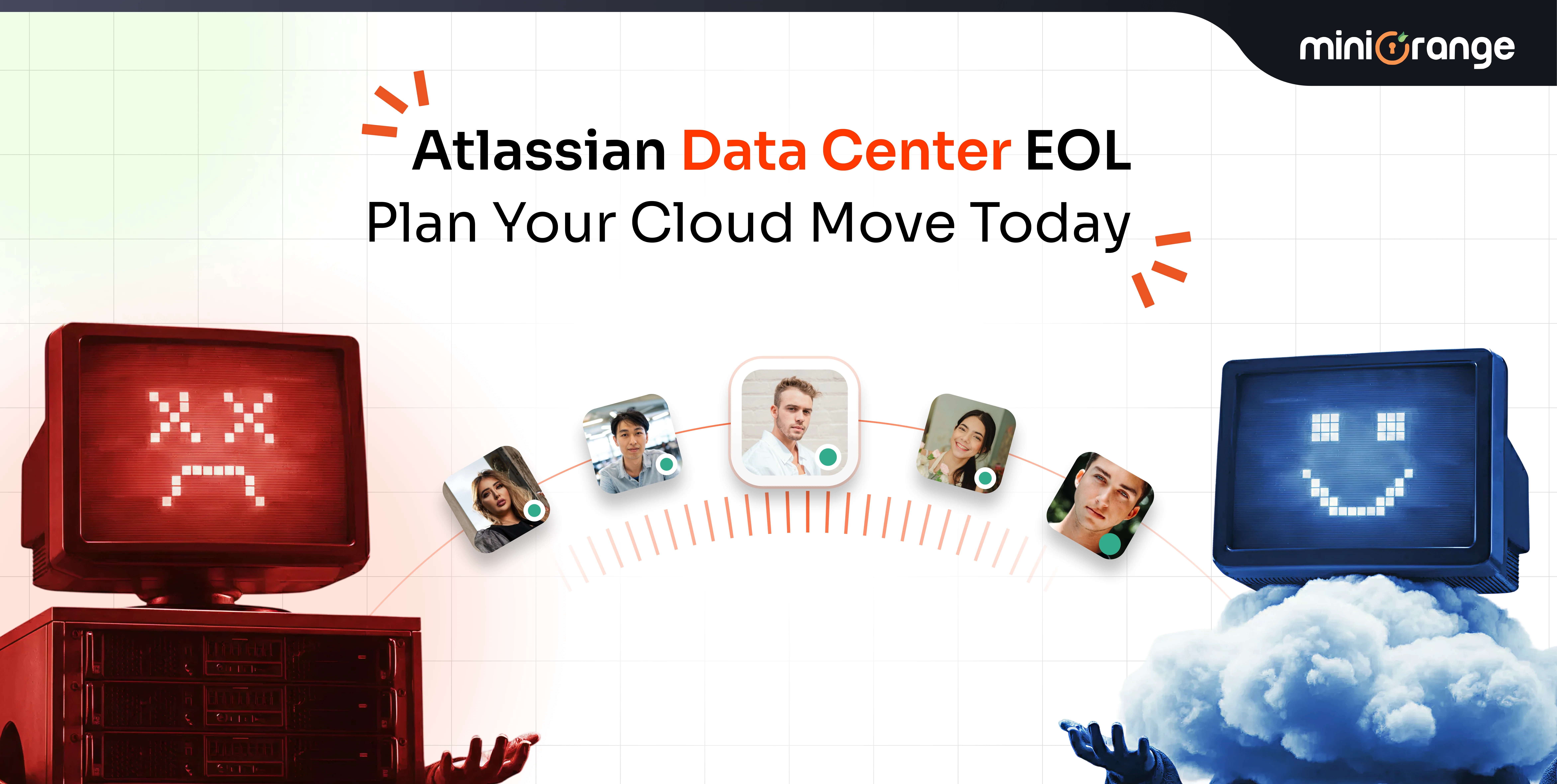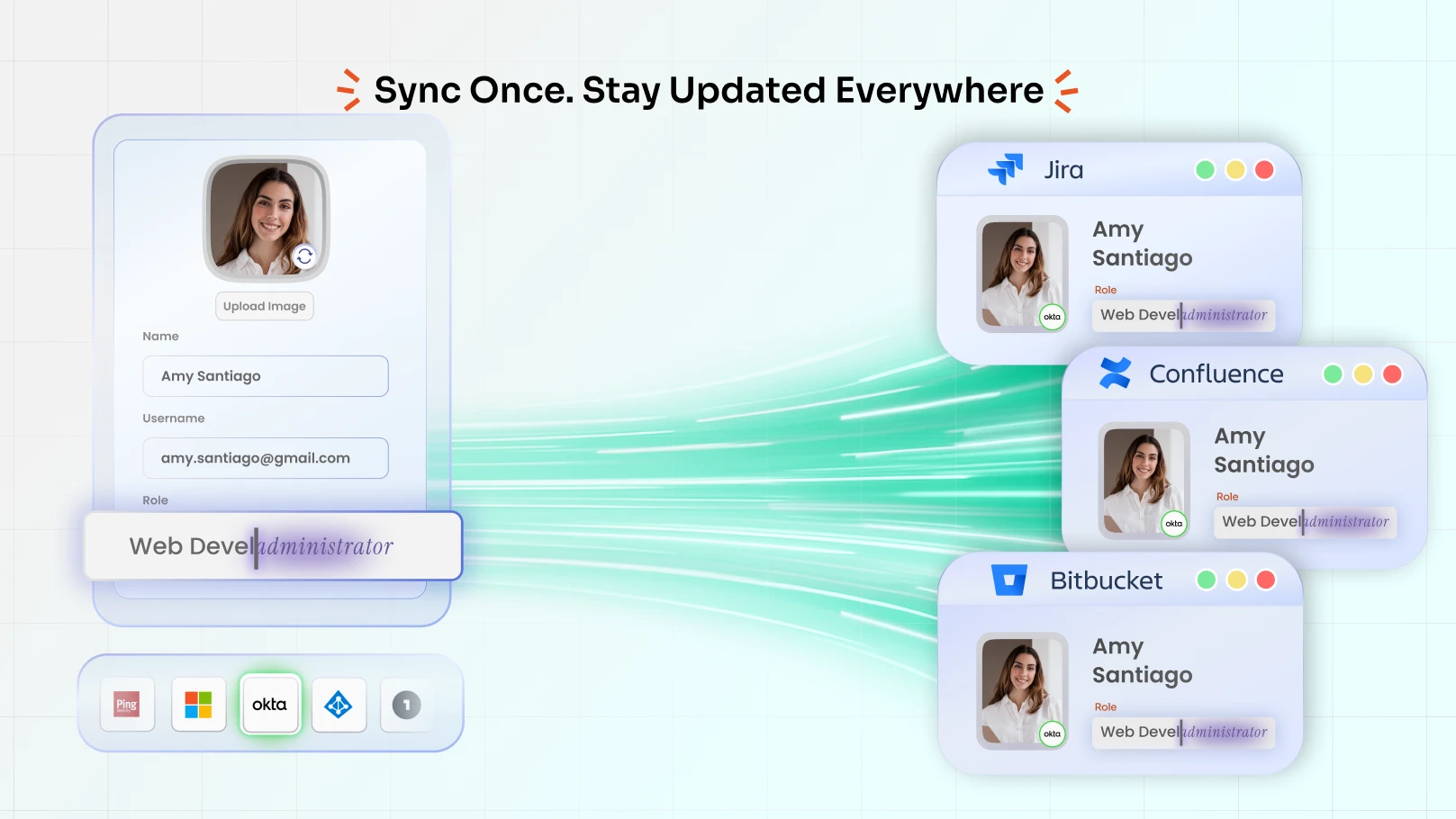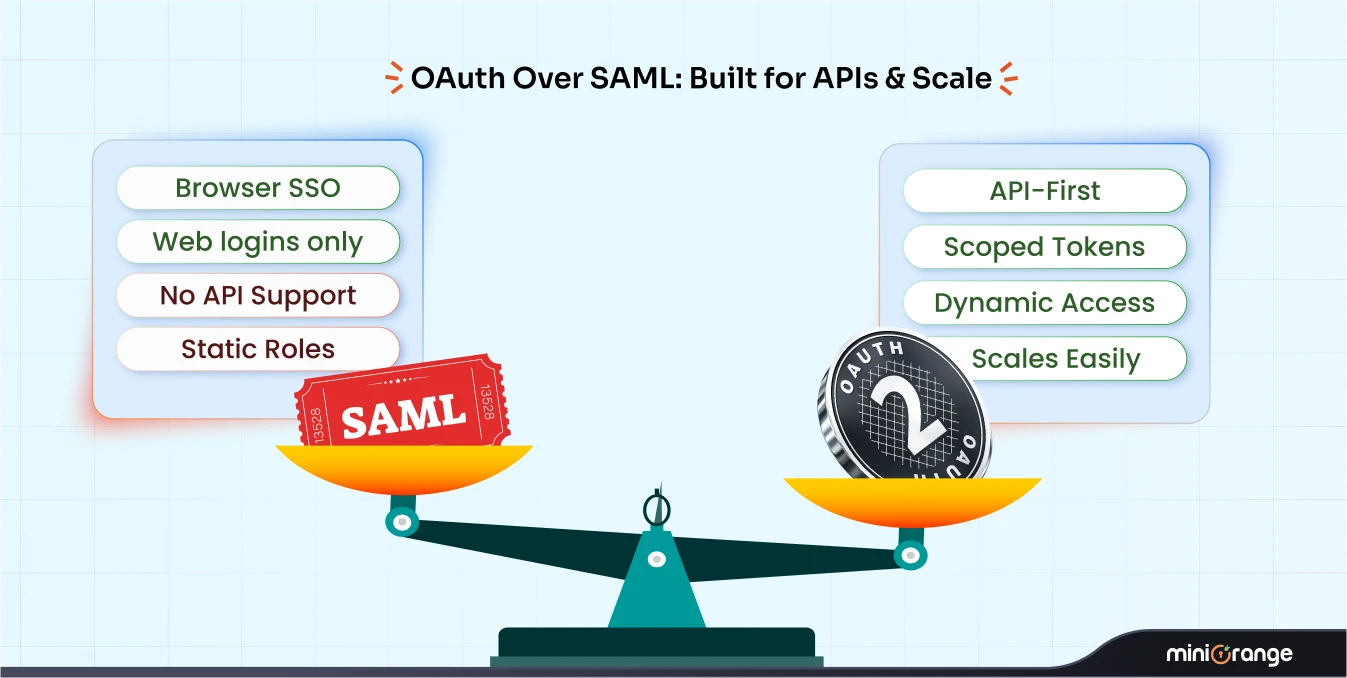Weak passwords are responsible for 81% of company data breaches. When password authentication is your only line of defense, your business becomes an easy target for fraud, scams, and cyberattacks. All it takes is one reused or predictable password to expose sensitive systems. Relying on passwords alone is no longer viable.
Two-Factor Authentication (2FA) adds a vital second layer of protection, requiring users to verify their identity through something they have or something they are. It’s not just a best practice anymore, it’s a baseline security standard every organization must adopt to prevent account takeovers and protect critical data.
The Modern Threat Landscape: Why Passwords Fall Short
Passwords are inherently vulnerable, reused, phishable, and ultimately static. Today’s attackers exploit automated bots to launch millions of login attempts daily, while sophisticated social‑engineering campaigns harvest credentials with alarming success. Even organizations that enforce complex password policies remain exposed:
- Phishing Proliferation - AI‑generated spear‑phishing emails mimic trusted senders more convincingly than ever, tricking users into revealing passwords.
- Credential Stuffing - Leaked credentials from unrelated breaches are reused across multiple sites, enabling attackers to access accounts wherever users recycle passwords.
- Brute‑Force & Automation - Cloud‑based botnets can execute thousands of login attempts per second—far outpacing any manual defense.
With the rising frequency of cyberattacks, phishing scams, and credential stuffing, 2FA has become essential for businesses and individuals alike. Here’s why:
- Mitigates Password-Based Attacks: 2FA prevents 100% of automated bot attacks, including brute force and phishing attempts.
- Ensures Regulatory Compliance: It helps meet global data protection standards such as GDPR, HIPAA, ISO 27001, and NIST.
- Strengthens Enterprise Security: 2FA is critical for protecting sensitive assets across business tools like Jira, Confluence, and Bitbucket, especially when managing internal IP, customer data, and project documentation.
How Can miniOrange’s 2-Factor Authentication Solutions Help?
The miniOrange Two-Factor Authentication (2FA) plugin is a powerful cybersecurity tool designed to secure Atlassian applications like Jira, Confluence, Bitbucket, Bamboo, and Crowd. It introduces an additional layer of identity verification that goes beyond passwords, using a second factor such as an OTP sent via SMS, email, or a hardware token like Yubikey.
This approach strengthens access control mechanisms, making it significantly more difficult for attackers to exploit compromised credentials. Whether you manage a small software team or a global enterprise, miniOrange offers the flexibility to enforce Atlassian two factor authentication at scale.
The plugin also integrates seamlessly with Jira SSO configuration, supporting both SSO and 2FA in a unified framework. This ensures smooth and secure user experiences across multiple platforms, reducing password fatigue and increasing organizational security.
Real-World Example: Allianz
Allianz, a global insurance leader, implemented miniOrange’s 2FA solution across its Atlassian environment. The result? Secured access for over 159,000 employees and external users across 70+ countries, helping Allianz maintain strong regulatory compliance and enterprise-wide operational security.
Key Benefits of miniOrange 2FA for Atlassian Tools
miniOrange 2FA for Atlassian Suite offers a host of benefits that make it one of the best cybersecurity companies for Atlassian security enhancements. Its focus on strong identity verification not only boosts protection but also streamlines compliance with international cybersecurity laws and frameworks like GDPR, HIPAA, and ISO 27001.
Key Advantages:
- REST API Protection with MFA: Enhance your API security by adding 2FA to REST API access, ensuring that only authenticated requests reach your critical resources.
- Stops Unauthorized Access: Prevents account takeovers even if passwords are leaked or compromised by enforcing an additional layer of authentication.
- Brute Force Attack Protection: Detects and blocks repeated login attempts, shielding endpoints from automated attacks and credential stuffing.
- Flexible Authentication Methods: Supports a wide array of 2FA options including TOTP apps, SMS OTP, biometric verification, and hardware tokens like YubiKey.
- User Convenience: Enhances usability with fallback authentication options, device recognition features, and customizable workflows to reduce friction without compromising security.
- Compliance Readiness: Designed to help organizations meet stringent security standards such as GDPR, HIPAA, ISO 27001, and NIST by securing both user logins and API interactions.
For companies using Jira 2FA or looking to enforce 2FA across Atlassian tools, miniOrange provides a robust, customizable, and enterprise-grade solution.
Best Practices for Implementing 2FA
To maximize protection and minimize user friction, follow these implementation best practices:
- Enforce 2FA Across the Board: Apply it to all users, including internal teams and third-party collaborators.
- Prioritize Phishing-Resistant Methods: Use hardware tokens or WebAuthn-based authentication instead of vulnerable SMS codes.
- Enable Adaptive Authentication: Tighten 2FA rules for sensitive actions like admin logins, permissions changes, or remote access.
- Adopt a Zero Trust Model: Treat every access attempt as a potential threat, regardless of user location or device.
- Provide Backup Options: Ensure recovery paths with backup codes, alternate emails, or admin-initiated resets to avoid account lockouts.
Core Features of the miniOrange 2FA Add-On
The 2-Factor Authentication add-on for Atlassian by miniOrange gives admins comprehensive control over how authentication is enforced and executed across users and teams. These features are critical for ensuring secure, flexible, and manageable access control in large organizations.
Core Functionalities:
- Multiple Authentication Methods:
- TOTP via Authenticator App
- OTP over Email
- OTP over SMS
- Yubikey (U2F/WebAuthn)
- Security Questions
- Backup Codes
- Enforcement Flexibility:
- Enforce 2FA for all users or selectively by role, group, or IP address.
- Customize authentication flows per department or compliance requirement.
- Advanced Security Features:
- IP-based Restrictions: Allow or deny access based on geolocation.
- Audit Logs: Track login attempts and security events.
- One-Time Validation Across Crowd Apps: Authenticate once to gain access across connected systems.
These features collectively strengthen brute force password protection, enhance data security, and enable smart 2FA implementations across your Atlassian suite.
Additional miniOrange Security Features
Beyond its primary authentication methods, miniOrange 2FA offers a comprehensive suite of features that further strengthen access control and cybersecurity posture.
Key Enhancements:
- One-Time 2FA Validation Across Crowd Applications: If a user verifies through one Atlassian application, access to others in the suite (e.g., Jira, Confluence) is streamlined.
- IP-Based Restrictions: Limit access to known networks to avoid malicious logins from unfamiliar sources.
- Multiple Backup Methods: Ensure users retain access even if the primary method fails. Options include backup codes, OTP over email, and security questions.
- Audit Logging: Maintain detailed logs of login attempts, successes, and failures to detect suspicious activity.
- Customizable Templates: Personalize user-facing instructions for 2FA setup and login.
- Remember My Device: Temporarily skip 2FA for trusted devices to enhance convenience.
These capabilities make miniOrange not only effective in preventing cyber intrusions but also practical for day-to-day use in a busy corporate environment.
Conclusion
As AI-powered hybrid attacks and zero-day exploits become more prevalent, organizations will need to evolve their approach to access security. The future of cybersecurity lies in adaptive, context-aware, and passwordless authentication.
miniOrange is already preparing for this future with innovations in biometrics, WebAuthn, and federated identity. Pairing strong 2FA with intelligent security analytics will be the gold standard moving forward.
With miniOrange 2FA solution for Atlassian tools like Jira, Confluence, and Bitbucket, you gain enterprise-ready protection, regulatory compliance, and peace of mind.
FAQs
1. Is 2FA safe?
Yes, when implemented correctly, 2FA significantly reduces the risk of unauthorized access by requiring a second factor for authentication.
2. What is the strongest 2FA method?
Hardware-based authentication (e.g., Yubikey) and biometric authentication are considered among the most secure 2FA methods.




Leave a Comment